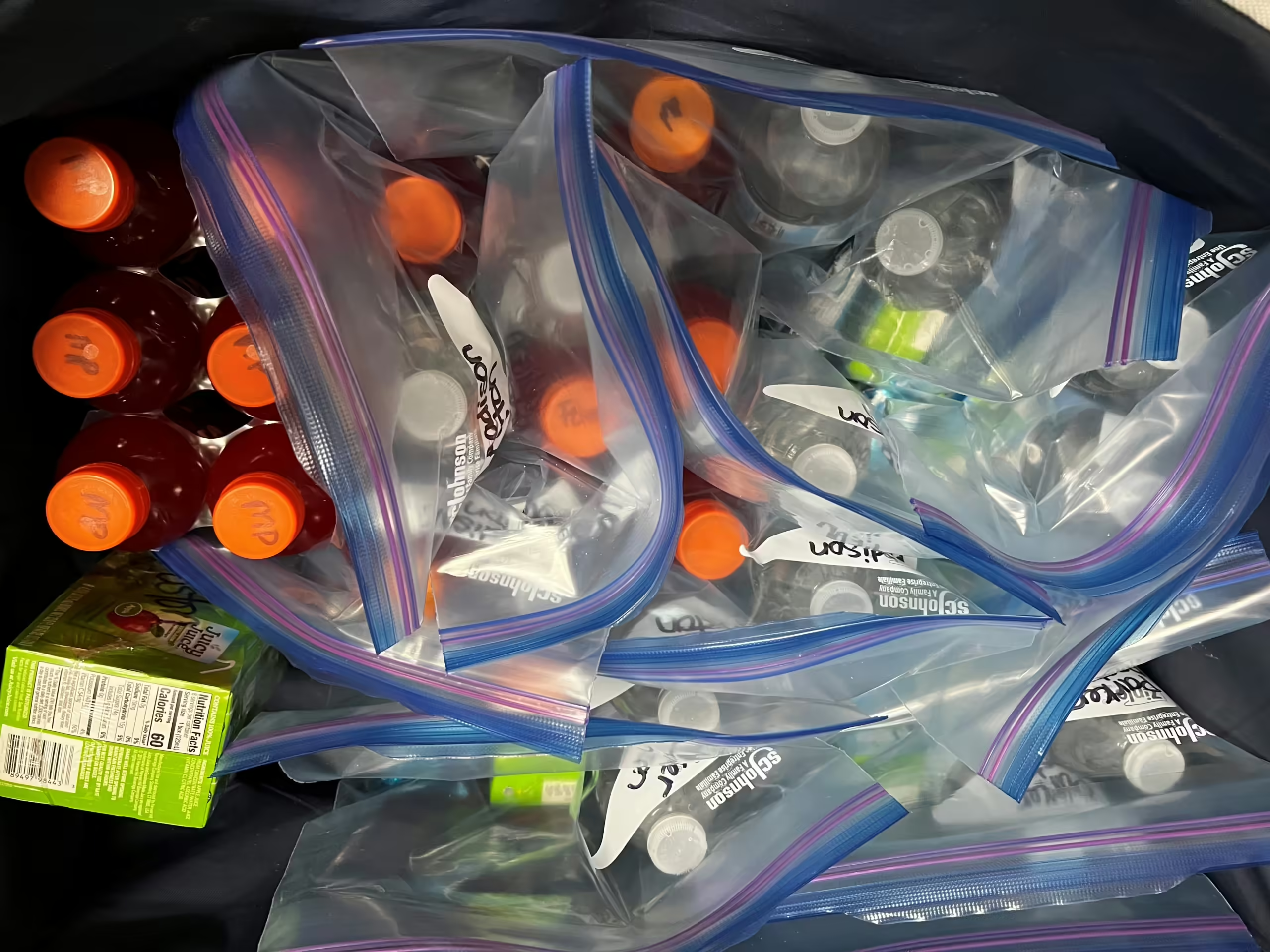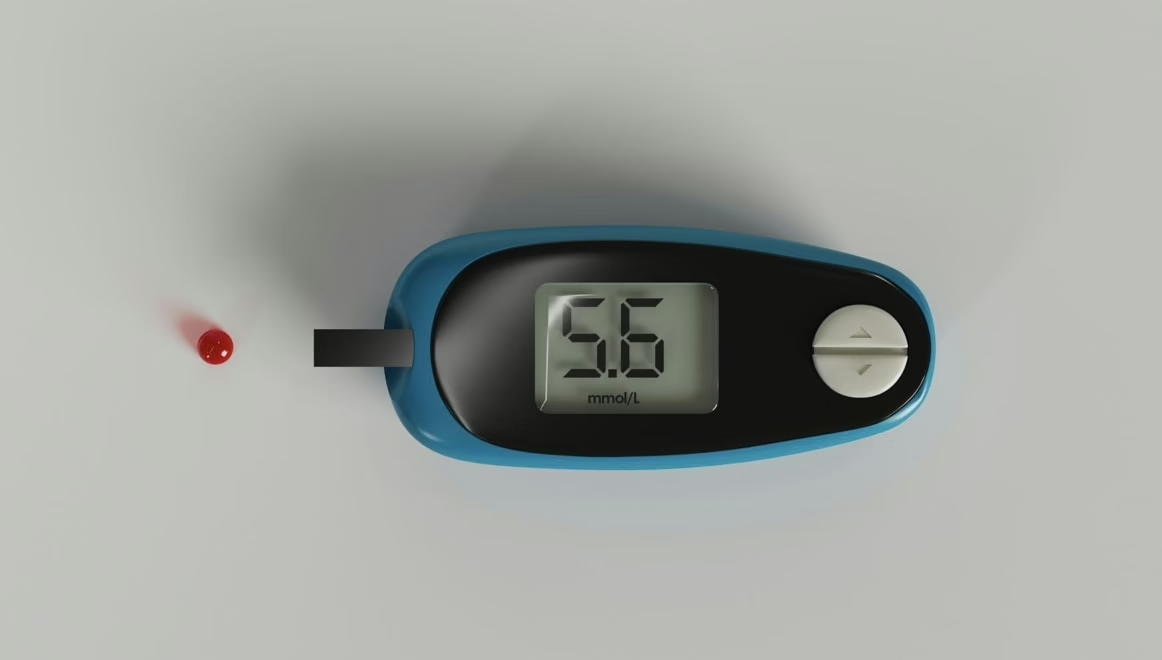Why Preparedness Matters
September marks National Preparedness Month, a time when everyone is encouraged to take steps to prepare for emergencies. For people with Type 1 Diabetes (T1D), this month is an important reminder to stay proactive about managing their health, particularly during unexpected events like natural disasters, power outages, or travel disruptions. Having a plan can significantly reduce the risks and challenges associated with T1D. This guide will walk through essential strategies to help you stay prepared, including creating a diabetes emergency kit, safeguarding your insulin during power outages, and developing a robust plan for various emergencies.
The Importance of Being Prepared When You Have T1D
Living with T1D requires constant management, which becomes even more important during emergencies. Natural disasters, such as hurricanes, earthquakes, or floods, can strike without warning, and the impact can be particularly severe if you’re not prepared. Similarly, power outages can disrupt your daily routine, especially storing and using insulin. Even something as simple as a travel delay can become challenging if you’re not prepared.
Being ready means more than just having an extra snack or a bottle of water. It involves planning for all possible scenarios where you might need to manage your diabetes without access to your usual resources. By taking the time now to prepare, you can reduce stress and ensure you’re ready to handle any situation.
Assembling a Comprehensive Diabetes Emergency Kit
One of the most important steps in preparing for an emergency is creating a diabetes emergency kit. This kit should contain everything you need to manage your T1D for at least a few days. Think of it as your diabetes survival kit, something that can be grabbed quickly if you need to leave your home or you are stuck somewhere unexpectedly.
What to Include in Your Diabetes Emergency Kit:
- Extra Insulin: Ensure you have enough insulin to last several days. This could mean extra insulin pens, syringes, or pump cartridges. Consider packing more than you’ll need, just in case.
- Blood Glucose Monitoring Supplies: Include a glucose meter, plenty of test strips, lancets, or continuous glucose monitor (CGM) sensors. Don’t forget to pack extra batteries for your meter or CGM.
- Hypoglycemia Treatments: Low blood sugar can be dangerous, especially during an emergency. Pack glucose tablets or gels for quick treatment. Also, include snacks like granola bars and juice boxes that provide energy quickly.
- Backup Medications and Prescriptions: Store a supply of any other necessary medications you take. Keep a copy of your prescriptions handy in case you need to get replacements.
- Non-Medical Essentials: Carry a medical ID that details your condition. Have an emergency contact list with phone numbers of family members, friends, and your healthcare provider. Don’t forget basic items like a first aid kit, bottled water, and non-perishable snacks.
By having a well-stocked diabetes emergency kit, you can manage your T1D confidently, no matter what kind of challenge comes your way.
Protecting Your Insulin During Power Outages
Insulin is life-saving but also temperature-sensitive, so keeping it at the right temperature is important. Power outages can pose a serious risk to the effectiveness of your insulin. Whether it’s a short-term power loss or a prolonged outage, being prepared can help you keep your insulin safe.
Tips for Safeguarding Insulin:
- Insulin Storage: Use a battery-powered cooler or an insulated bag with gel packs to maintain the correct temperature. If you anticipate a longer power outage, consider having access to a generator or another alternative cooling method.
- Backup Power for Devices: If you use an insulin pump or CGM, make sure you have spare batteries or a portable charger. Investing in solar-powered chargers can also provide added security in case of an extended outage.
- Temperature Monitoring: Keep a thermometer with your insulin to monitor the storage conditions. Regularly check to ensure the temperature remains within the safe range to keep your insulin effective.
Taking these precautions can help ensure your insulin remains effective even during power outages, allowing you to maintain control over your T1D regardless of the situation.
Planning for Natural Disasters and Other Emergencies
Emergencies can happen at any time, and being prepared for them is especially important when you have T1D. Whether it’s a natural disaster like a hurricane or an unexpected travel delay, having a plan in place can help you manage your diabetes effectively.
Steps to Create a Personalized Emergency Plan:
- Develop a Comprehensive Plan: Your emergency plan should cover all aspects of your diabetes care, from insulin storage and supply management to what you would do if you needed to evacuate. Tailor your plan to different scenarios, such as staying home, evacuating, or being stranded.
- Communication Strategy: Make sure your family members, friends, and healthcare providers are aware of your diabetes and your emergency plan. Share your emergency contact list with them, so they know how to help if needed.
- Regular Plan Updates: Review and update your emergency plan regularly, especially if your diabetes care routine or technology changes. Keep your supplies up-to-date and replace expired items to ensure everything is ready when needed.
A well-thought-out emergency plan can greatly reduce the stress and uncertainty of managing T1D during a crisis. By preparing ahead of time, you’ll be better equipped to handle any situation.
Staying Informed and Ready for Anything
Preparedness goes beyond just having the right supplies—it’s about having peace of mind, and knowing that you’re ready for whatever comes your way. Living with T1D means that emergencies can present unique challenges, but by taking steps to prepare, you can ensure you’re always ready.
National Preparedness Month is an excellent opportunity to review and update your plans, ensuring you’re ready for any situation. Staying informed, proactive, and prepared in your diabetes management is key to staying healthy and safe, no matter what life throws at you.
In addition to preparing for emergencies, supporting T1D research is crucial to ensure everyone living with T1D has access to the care and information they need. Consider donating to Diabetes Research Connection today to help further the advancements in diabetes care and management.
By taking these steps, you’re not just preparing for emergencies—you’re taking control of your health and well-being, ensuring that you can live your life to the fullest, no matter what challenges come your way.




